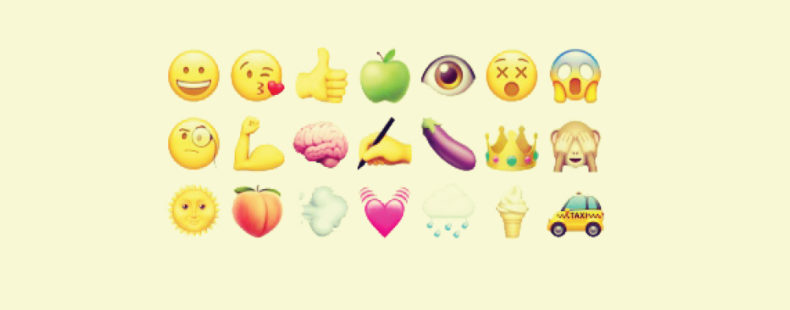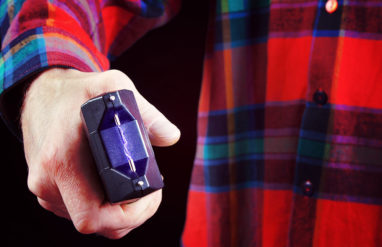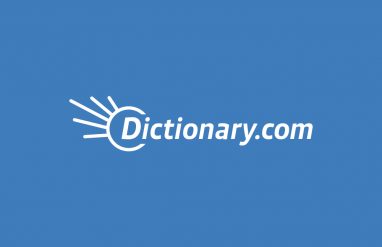By Jane Solomon
There are two polarizing opinions about emoji that are often set up in a false dichotomy. Are emoji destroying language as we know it or are they a universal language that will one day save the world? Neither of these get at how emoji are actually being used, but they’re the frame through which many people experience emoji, and that’s worth unpacking.
Will emoji ruin language as we know it!?
The short answer is “no.”
The long answer gets philosophical. What is a language anyway?
When people say emoji are a language, there are two very distinct meanings of language that are being conflated here. The first one is “a system for representing abstract meaning,” like English, Japanese, Arabic, or Spanish. The other one is “any means of communicating or expressing yourself,” like the language of dance.
Emoji do not function like a language in that first sense. There is no set or shared meaning that individuals would take away upon looking at a long string of emoji without a lot of extra context. Just ask Kyle MacLachlan.
🌏💧✋🕋🗡🚀🏜☀️🌡🌶💯🚱⏳🌅🌑😡💉😱😈💀💥🌛🌙🐭💥🚶🏻〰🐛️⌛️👳🙏💥😴🛌😳💥🐛💥👊⚔👑 #dune https://t.co/bXwpdYC8jz
— Kyle MacLachlan (@Kyle_MacLachlan) August 16, 2016
Without the hashtag and the knowledge that MacLachlan starred in the 1984 adaptation of Dune, this tweet means very little. If you do happen to know these details and then some more information about the plot of Dune, you could start to piece together the meaning of these emoji strung together. Otherwise, it’s just gibberish.
That’s simply not how a language like English works. English allows speakers to put complex abstract thoughts into a string of words that other people, upon hearing or reading them, will more or less understand without further context. The sentence “It’s my birthday!” means a very specific thing in English. While “🎉🎂🎉” might mean “It’s my birthday!” it could just as easily mean “It’s your birthday!” “We’re celebrating today!” or “We’re eating CAKE!!!”
So, no. Emoji are not a language in the way that English is a language, and they will not replace language as we know it.
How do people actually use emoji?
Emoji tend to work with language to add nuance and depth, much in the same way that facial expressions, gestures, and tone do. In written communication, it can be difficult to ensure the tone you’ve intended is understood by the reader. Exclamation points, using all caps, and other punctuation hint at tone, but they can only take you so far.
Enter emoji. With just one 😂 or 🙃, you can express sarcasm, which is a notoriously hard tone to express and interpret in text. Additionally, people often repeat emoji for emphasis, and in doing so, they’re adding even more information to their written communication. One 😍 might mean you really like something, while three might mean you LOVE it.
Beyond tone markers, some emoji take on non-literal meanings that are widely understood or have taken on canonized meaning among certain groups. Sometimes these act like words, but other times they’re used to set a mood.
For example, 🍆 (eggplant emoji) and 🍑 (peach emoji) have come to represent parts of the human body and are often used in sexual contexts.
When 🍁 (maple leaf emoji) and 🔥 (fire emoji) are used in combination often to reference cannabis, since people think the maple leaf looks kind of like a cannabis leaf.
🐐(Goat emoji) is sometimes used as a goat but also to express the initialism GOAT, meaning “greatest of all time.” If you see someone saying that a musician is “the 🐐,” it’s probably this latter sense.
🐍 (snake emoji) is often used in the context of treachery, and naturally, it pops up a lot in celebrity feuds. This extended sense of the snake to represent treachery is literally biblical.
These examples are by no means exhaustive, but they can give a bit of insight into the structure and sophistication that can be found in emoji use. Emoji are not to be scoffed at as frivolous. These are real ways that people are expressing themselves and the understanding of their meaning matters.
______________
Jane Solomon is a lexicographer based in Oakland, CA. She spends her days writing definitions and working on various projects for Dictionary.com.
WATCH: Did You Know Real People Write The Dictionary?
In the past, she’s worked with other dictionary publishers including Cambridge, HarperCollins, Oxford, and Scholastic, and she was a coauthor of “Among the New Words,” a quarterly article in the journal American Speech. She is also part of the Unicode Emoji Subcommittee, the group that decides what new emoji pop up on our devices. Jane blogs at Lexical Items, and she is the author of the children’s book The Dictionary of Difficult Words.
To read more by Jane, click below:














